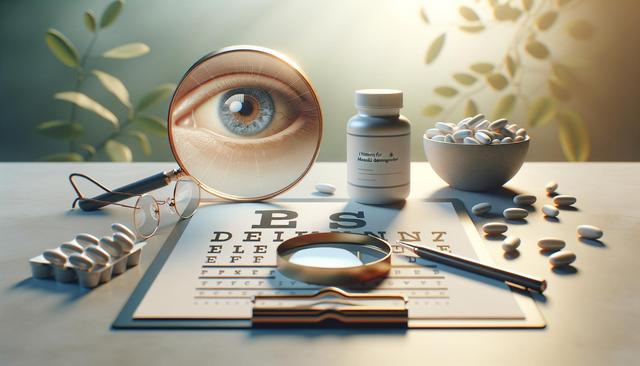Understanding the Concept of Healing Stones
Healing stones, commonly referred to as crystals, have been integrated into wellness practices for centuries. These natural minerals are believed by many to carry energetic properties that can support balance and harmony in our lives. While scientific consensus on their efficacy remains limited, countless individuals find comfort, focus, and a sense of peace through their use. The idea behind healing stones is rooted in the notion that everything in the universe, including our bodies, emits energy. Crystals are thought to interact with this energy, promoting positive shifts in mood and mindset.
Different stones are associated with various attributes. For instance, some are linked to grounding and stability, while others are thought to enhance clarity or emotional healing. These associations often derive from their color, composition, and historical usage. Whether used in meditation, worn as jewelry, or simply kept in a personal space, healing stones are often seen as tools for self-reflection and intention setting rather than standalone cures.
Popular Types of Healing Stones and Their Associations
There is a wide variety of healing stones, each with its own symbolic meaning and traditional use. Here are a few commonly used examples and their associated qualities:
- Amethyst – often linked with calmness, intuition, and spiritual awareness
- Rose Quartz – associated with self-love, compassion, and emotional healing
- Citrine – believed to support energy, motivation, and abundance
- Black Tourmaline – used for grounding and protection
- Clear Quartz – considered to amplify energy and intentions
While these stones are often discussed in metaphysical contexts, their use extends into lifestyle and design. Many people choose stones that resonate with them personally, whether for their visual appeal or the symbolic comfort they provide. It’s also common to rotate stones depending on personal goals or emotional states, allowing for a dynamic and evolving practice.
How to Use Healing Stones in Daily Life
Incorporating healing stones into daily routines can be a mindful and intentional practice. There are several ways to engage with these stones, depending on individual preferences and goals. Here are some approaches people often take:
- Carry a stone in your pocket or bag to keep its energy close during the day
- Place stones in your home or workspace for a calming or energizing atmosphere
- Use them during meditation or breathwork to foster focus and intention
- Wear them as jewelry to combine beauty with energetic symbolism
Additionally, many recommend cleansing stones regularly, as they are thought to absorb energy from their environment. Methods for cleansing include placing them in sunlight or moonlight, using sound (such as a singing bowl), or rinsing with water (though some stones may be sensitive to moisture). Setting intentions while handling the stones is another common practice, reinforcing personal goals or affirmations.
The Role of Intention in Working with Healing Stones
One of the most emphasized aspects of using healing stones is the power of intention. Whether or not one believes in the energetic properties of crystals, setting a clear intention can be a powerful psychological tool. When someone selects a stone with a specific purpose in mind—such as fostering self-confidence or releasing stress—they create a mental framework for personal development.
This intentionality can enhance mindfulness, helping individuals become more aware of their thoughts and emotions. The physical presence of a stone can serve as a tactile reminder of this intention throughout the day. In this way, healing stones act as anchors for focus and clarity, particularly when integrated into rituals or self-care routines.
Practices that involve healing stones often align closely with other wellness activities, such as journaling, yoga, or goal-setting. These combinations can create a holistic approach to mental and emotional well-being, offering both symbolic and practical support for those engaged in personal growth.
Cultural and Historical Context of Healing Stones
Healing stones have roots in many ancient cultures, where they were used in spiritual ceremonies, traditional medicine, and personal adornment. For example, ancient Egyptians used lapis lazuli in burial masks and amulets, believing it provided protection and connection to the divine. In traditional Chinese medicine, jade was revered for its health-enhancing properties, while Native American cultures often used turquoise in healing rituals.
This long-standing relationship with stones reflects a broader human tendency to find meaning in the natural world. While modern usage may differ, the symbolic significance remains strong. Today, people from diverse backgrounds continue to explore how healing stones can support their spiritual and emotional journeys.
It’s important to approach this practice with cultural awareness and respect, especially when using stones associated with specific traditions. Understanding the origins and significance can deepen the experience and ensure that the practice is meaningful and informed.
Conclusion: A Personal Journey with Healing Stones
For those interested in exploring healing stones, the practice offers a unique way to engage with mindfulness, intention, and self-care. Whether used for their symbolic meanings, their natural beauty, or as part of a broader wellness routine, healing stones can serve as gentle reminders to pause, reflect, and realign. While they are not substitutes for medical or psychological care, they can complement existing wellness practices for those who find them meaningful. Ultimately, working with healing stones is a personal journey that encourages exploration, awareness, and a deeper connection to one’s inner world.


